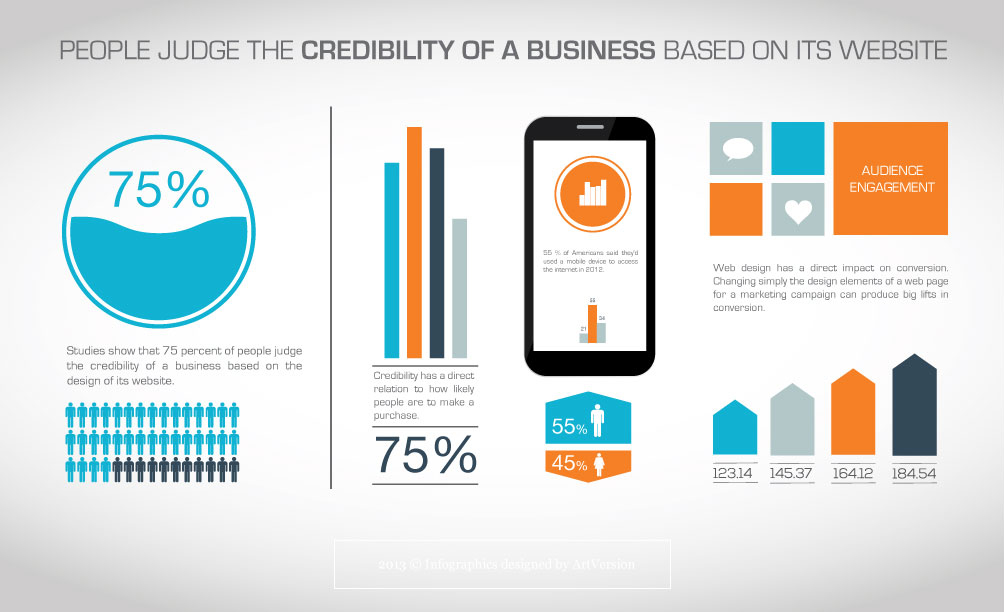The Development Of Internet Site Layout: From Past To Existing
The Development Of Internet Site Layout: From Past To Existing
Blog Article
Composed By-Asmussen Bowles
In the past, websites were straightforward and concentrated on details. Navigation was straight, and design was for desktop computers. Now, customer experience is vital. Information guides designs for very easy navigating. Receptive designs suit various gadgets. Today, dark setting reduces pressure, and minimal menus improve navigating. Interactive features engage users, and strong visuals attract attention. AI assimilation enhances engagement. See exactly how layout has actually evolved to improve your on-line trip.
Very Early Days of Website Design
In the very early days of website design, simpleness reigned supreme. Sites were fundamental, with minimal colors, fonts, and formats. The focus got on supplying details rather than fancy visuals. Users accessed the net via slow dial-up connections, so rate and performance were key.
Navigation food selections were straightforward, usually located on top or side of the web page. https://www.socialmediatoday.com/news/new-linkedin-data-shows-the-top-digital-marketing-skills-currently-in-high/618512/ were made for desktop, as mobile surfing wasn't yet prevalent. Content was king, and developers prioritized easy readability over complicated style components.
HTML was the primary coding language utilized, and developers had to function within its constraints. Computer animations and interactive functions were minimal compared to today's standards. Sites were static, with little vibrant material or tailored customer experiences.
Surge of User-Focused Design
With the development of web site design, a change towards user-focused design principles has become progressively prominent. https://seo-google10865.webdesign96.com/30416038/open-the-complete-capacity-of-your-site-by-making-use-of-expert-on-page-seo-strategies-to-improve-your-online-presence-and-engage-your-target-market-successfully , developing sites that prioritize user experience is critical for involving visitors and accomplishing service goals. User-focused layout involves recognizing the requirements, preferences, and behaviors of your target market to tailor the website's design, web content, and features accordingly.
Designers now perform extensive research, such as individual surveys and use screening, to gather insights and feedback directly from users. This data-driven approach helps in developing intuitive navigation, clear calls-to-action, and visually enticing user interfaces that resonate with visitors. By putting the user at the facility of the style process, web sites can supply a much more customized and delightful experience.
Responsive style has likewise emerged as a vital element of user-focused design, making sure that internet sites are enhanced for various tools and screen sizes. This versatility improves availability and functionality, satisfying the diverse means individuals communicate with web sites today. Essentially, the surge of user-focused design represents a shift in the direction of creating digital experiences that prioritize the requirements and assumptions of the end individual.
Modern Trends in Website Design
Check out the most recent patterns forming web design today. One famous fad is dark mode layout, offering a smooth and modern look while minimizing eye pressure in low-light settings. One more crucial trend is minimal navigating, streamlining menus and enhancing customer experience by concentrating on essential elements. Including micro-interactions, such as animated buttons or scrolling results, can create an extra engaging and interactive internet site. Responsive layout stays important, ensuring seamless user experiences throughout different tools. In addition, using bold typography and asymmetrical layouts can include aesthetic passion and accentuate particular content.
Incorporating AI innovation, like chatbots for consumer assistance or tailored recommendations, boosts user involvement and enhances processes. Access has additionally end up being a substantial pattern, with designers focusing on inclusive style techniques to accommodate diverse customer requirements. Welcoming sustainability by optimizing internet site performance for speed and performance is an additional arising fad in web design. Teaming up with customer comments and information analytics to iterate and enhance style continuously is important for staying relevant in the ever-evolving electronic landscape. By embracing these modern-day patterns, you can create a visually appealing, straightforward internet site that resonates with your audience.
Conclusion
As you reflect on the development of web site style from the early days to now, you can see how user-focused style has ended up being the driving force behind modern fads.
Welcome the trip of adjustment and adjustment in web design, always keeping the individual experience at the leading edge.
Keep existing with the most recent trends and technologies, and never ever quit developing your strategy to produce visually spectacular and straightforward sites.
Progress, adjust, and create - the future of website design remains in your hands.
